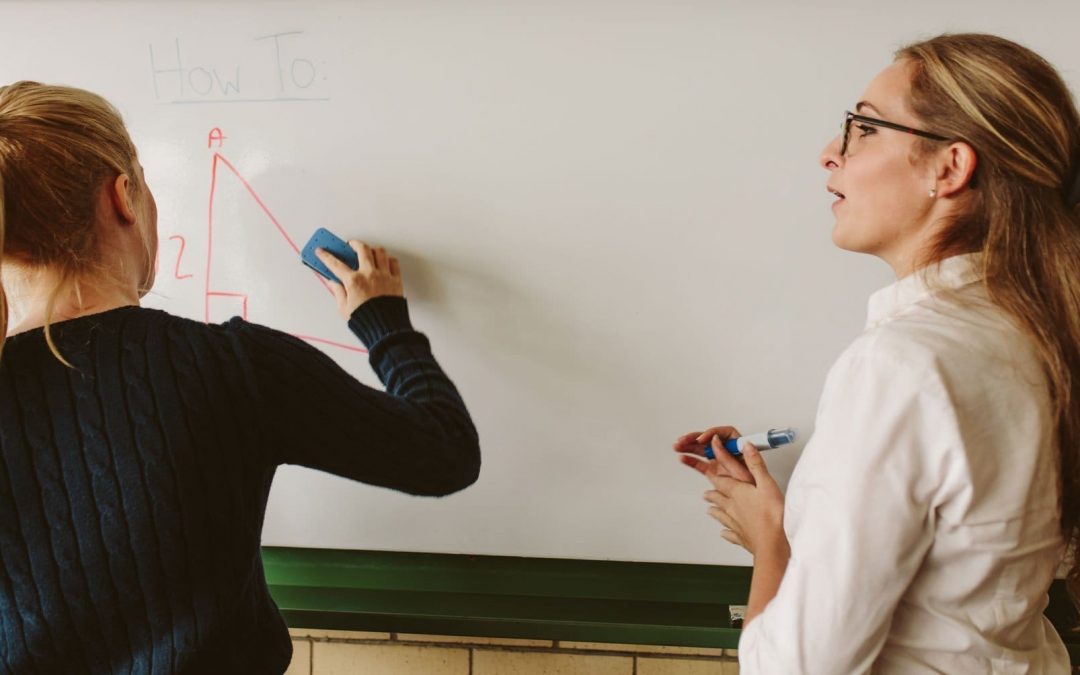STUDENT ASSESSMENT: EVIDENCE OF LEARNING
Are you lucky enough to be an educator? Those who teach know the drill. It’s the end of the week. You’ve spent hours perfecting your unit lessons, have relayed them to your students with all your effort and pride, like the Olympic torch traveling from hand to hand as a symbol of human achievement. And after all this hard work, how will you assess that they’ve mastered the content? And how can you present that information clearly and confidently, in a way that is both scientific and impresses the hovering-but-well-meaning parent or administrator who happens through your classroom?
While it’s not surprising that teachers do impact how well students are performing in school, it is surprising that some evidence-based learning strategies have far more impact than others (think actual, quantifiable evidence of learning). This article highlights a few assessment strategies that are both effective and will sway any inquisitive observer.

The Why in Showing Evidence of Learning
There’s good reason to solicit evidence of student learning, and it’s not just to make your pedagogy shine. Students who understand the content you teach are actually more engaged in class, so designing a classroom environment in which regular assessment is performed results in happier students and a more informed teacher.
One way of checking in with your kids to see whether they’ve got it can be done through summative assessments, or those conducted after a lesson unit or period of time, evaluating how much your little sponges have sucked up. These assessments of learning are great for administering grades and providing accountability, but it’s formative assessments that support learning during the learning process.
What Happened Vs. What Is Happening
Displaying what students have learned is valuable, so there is benefit in this, but documenting learning hones in on the process of learning. It uses reflective interpretations of purposefully selected artifacts that convey visible and audible evidence of what is taking place during, or because of, the learning process. Documenting learning raises cognitive and metacognitive awareness of the learner’s growth, including changes over time. So keeping track of those aha moments becomes quantifiable, and this is precisely what we want to capture with evidence-based learning. So, just what does that look like?
Choose Your Own Assessment Adventure
There are a lot of options at your fingertips when you’re ready for assessment. Here are a few examples excerpted from 25 Quick Formative Assessments for a Differentiated Classroom by Judith Dodge:
-
Summaries and Reflections: Students stop and reflect, make sense of what they have heard or read, derive personal meaning from their learning experiences, and/or increase their metacognitive skills. These require that students use content-specific language.
-
Lists, Charts, and Graphic Organizers: Students will organize information, make connections, and note relationships through the use of various graphic organizers.
-
Visual Representations of Information: Students will use both words and pictures to make connections and increase memory, facilitating retrieval of information later on. This “dual coding” helps teachers address classroom diversity, preferences in learning style, and different ways of “knowing.”
-
Collaborative Activities: Students have the opportunity to move and/or communicate with others as they develop and demonstrate their understanding of concepts.
The above list is not exhaustive but can be overwhelming if attempted all in one go, for all parties involved. Instead, focus on a few key ideas for bringing these formative assessment strategies into your class mix:
1. Choose wisely. Pick 3 strategies that you can practice with your students until they are routine and you smooth out any initial difficulties.
2. Pass the torch. Teach students how to do formative assessment so they can use it for goal setting, gathering evidence of their learning, and making adjustments, taking on ownership of their individual learning processes.
3. They say it takes 30 days for a habit to stick. So try to bring in formative assessment regularly.
4. Remind them not to sweat the small stuff. As learning becomes a habit, emphasize that mistakes are a necessary and welcomed part of the process, and assessments are meant to help them fine-tune their work.
Examples from the Classroom
Keeping track of the data can be tricky, and one teacher offers sound advice for notating this data, saying, “The easiest way to observe and assess student growth is to walk around your room with a clipboard and sticky notes. As you notice acquisition of a new skill or confusion and struggle with a skill, record the student’s name and jot down a brief comment. Consider keeping a folder for each child in which you insert any notes that you make on a daily basis. This process will help you focus on the needs of individual students when you confer with each child or develop lessons for your whole class.”
No matter which forms of student assessment you bring into your classroom, remembering that the purpose of formative assessments is to actively observe the process of learning is key. This is the engagement with your content that you can proudly display, and that’s because this is learning in action.
Next Steps
Watch a demo of Gradelink’s tools for recording and reporting student assessments. Then sign up with Gradelink to help your school save time, improve enrollment, and fulfill its mission.

